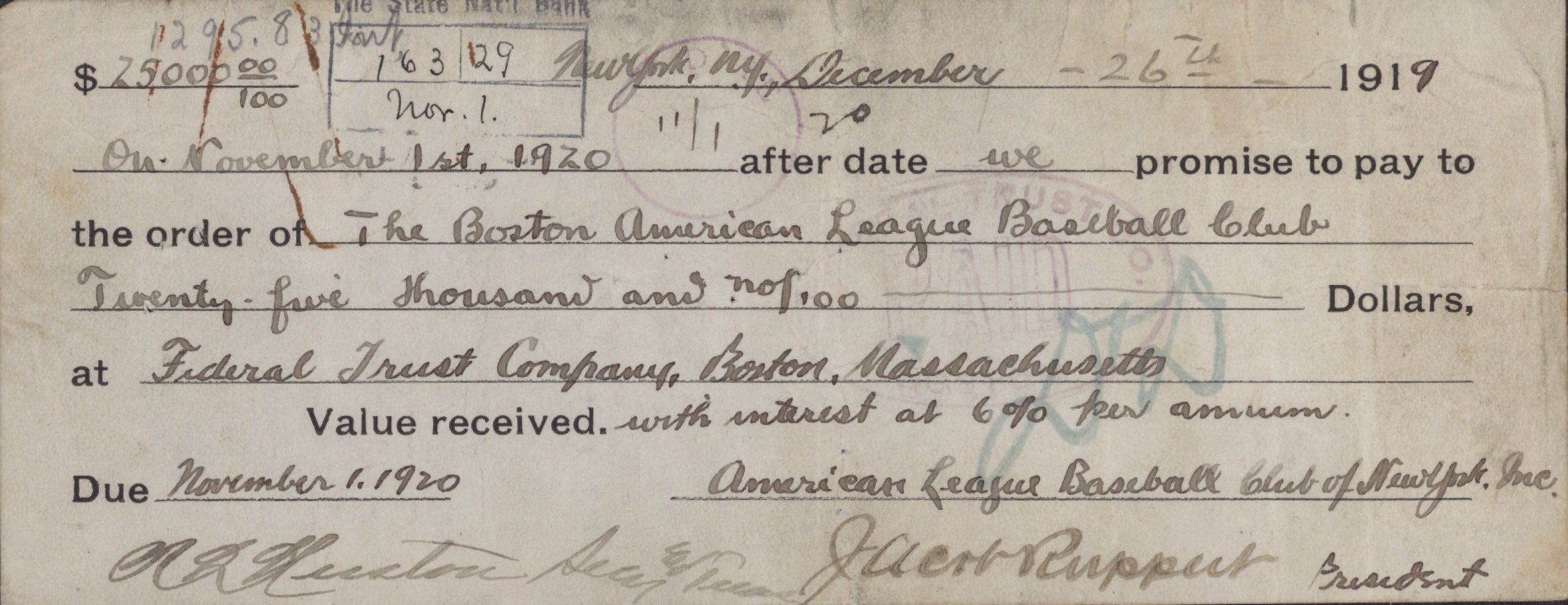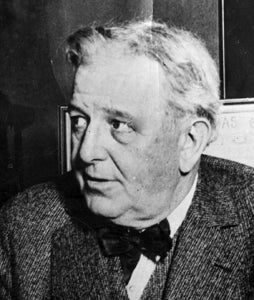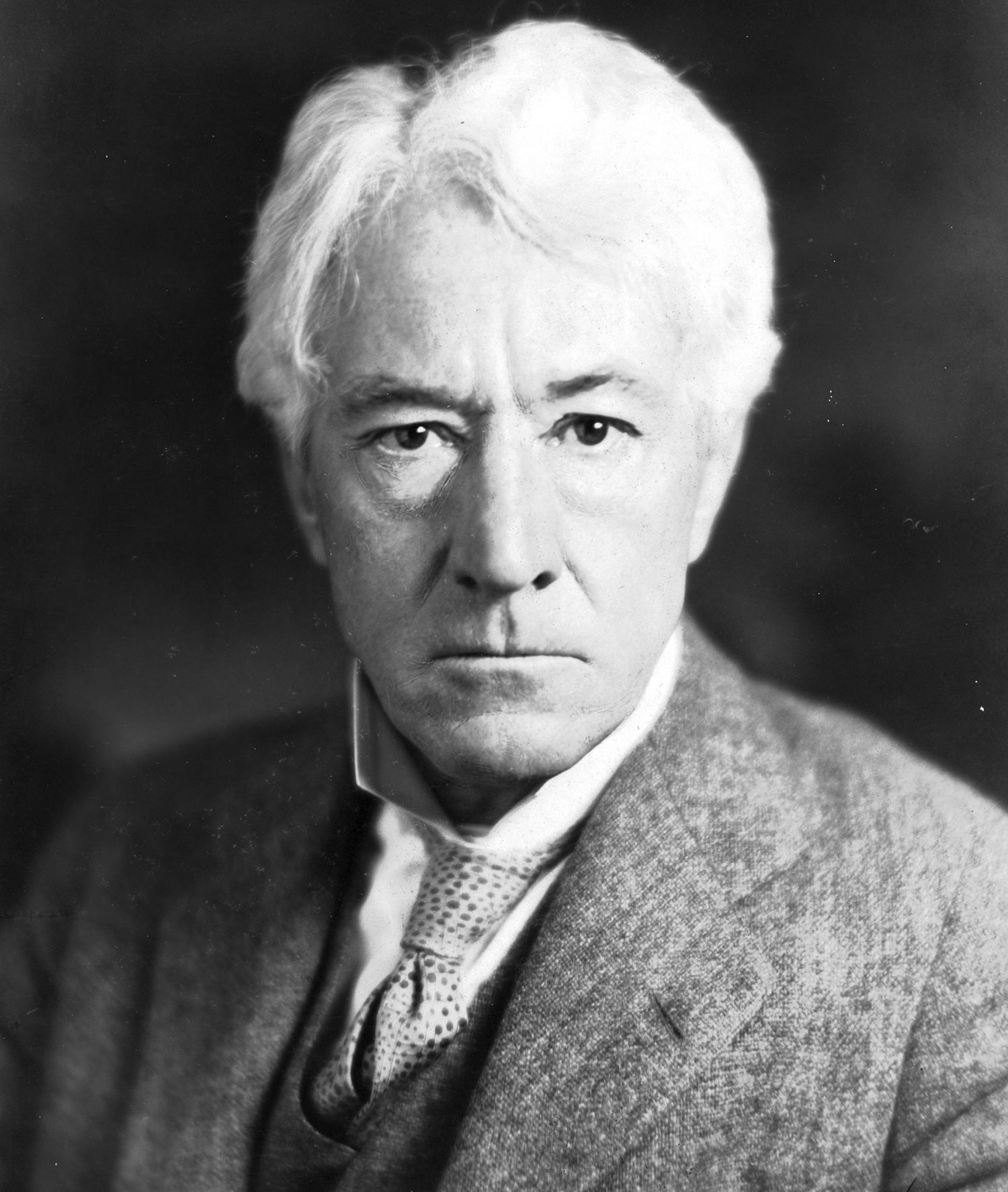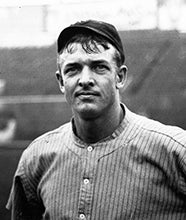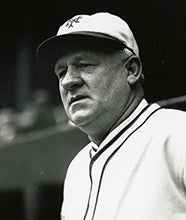- Home
- Our Stories
- A ticket fix
A ticket fix
Since arriving in the National League in 1890, the Cincinnati Reds often left their fans, well, red-faced at season’s end. Almost perpetually a second-division club in the senior circuit, the team from the Queen City hardly had a regal air to it.
But hope started to build with the addition of a future Hall of Famer.
Between 1917 and 1918, former Giants hurler Christy Mathewson managed the Reds out of the NL cellar before leaving Cincinnati behind for the front lines of World War I in Europe.
Former major league catcher Pat Moran took over as the Reds’ pilot in 1919 and fortunes continued to improve. The team won its first seven games but spent most of the first half in second place, behind the John McGraw-led New York Giants. A superior August, however, which featured the Reds sweeping the Giants in two of three doubleheaders in three days, helped propel Cincinnati to a National League pennant, the first in club history.
Next was the World Series, facing AL champ Chicago, who had survived a tight pennant race with the Indians. Game 1 was set for Redland Field on Wednesday, Oct. 1.
Charles Comiskey’s White Sox rebounded from a disappointing 1918 campaign, which followed their 1917 World Series triumph. Despite finishing with a slightly worse record than the Reds, the Sox were initially favored to capture their second title in three years. However, as the game drew close, the betting odds changed so dramatically, making the White Sox underdogs, rumors of fixing began to circulate.
More 30,500 fans used tickets like this one to enter Redland Field – renamed Crosley Field in 1934 – for the Series opener. With the United States involved in WWI hostilities, each ticket purchased was subject to a War Tax, funding the nation’s war efforts. Printed by Roessler Brothers, a local firm, the ticket entitled one to a seat in one of the pavilion sections, located down each foul line. Other tickets would be sold for the grandstand or the bleachers.
Though half of the ticket has been torn off, it appears that there is a warning to potential scalpers regarding the resale of tickets at above face value. Not only does it appear that Revenue Agents would do their best to trace the ticket back to its original holder, but there is at least a fine if one is convicted, as permitted by the Revenue Act of 1918.
The Boston Daily Globe noted one arrest was made by federal authorities and that, according to the law, ticket re-sellers were “obliged to pay a federal war tax of 50 percent of the amount received.”
Hall of Fame Membership
There is no simpler, and more essential, way to demonstrate your support than to sign on as a Museum Member.
Some in attendance that autumn afternoon might have suspected the fix was on, but Chicago fans were certainly disappointed to see their ace, Eddie Cicotte get pummeled in 3.2 innings by the Reds. Cicotte’s counterpart, Dutch Ruether, in his first full major league season, went the distance in Game 1, also going 3-for-3 at the plate with a pair of triples and three RBI. The two triples tied a World Series record. Jake Daubert and Greasy Neale produced three-hit performances en route to a 9-1 Cincinnati victory.
The Cincinnati Enquirer exulted in the win, printing: “Not since the Argonne Forest advance has there been such a drive as yesterday’s assault of the Reds upon the American League champions. Stopping at nothing, nothing stopped them. They broke the far-famed ‘Cicotte line’ which crumpled up far more than did the old Hindenburg stronghold a year ago.”
Ruether would appear on the hill again in Game 6 but failed to register a decision in Cincinnati’s 10-inning loss. Teammate Hod Eller went the distance in the eighth and final game – his second complete-game victory in the Series – to capture the flag for the Reds.
An Associated Press obituary in 1970 claimed that Ruether preferred to discuss his two triples in Game 1, rather than having faced and beaten Cicotte, who was later implicated in the Black Sox scandal.
Both clubs enjoyed limited success in 1920 and quickly became also-rans. Though acquitted in court, the Black Sox – Chicago’s accused fixers – were ousted from the game by baseball’s first commissioner, Kenesaw Mountain Landis. Long tarnished by that stain, the White Sox would not win another World Series until 2005.
Cincinnati would struggle mightily throughout most of the next 20 years before taking the world championship in 1940. It would be another 30 years before the Reds would sustain their success for an extended period of time.
Matt Rothenberg is the manager of the Giamatti Research Center at the National Baseball Hall of Fame and Museum
Related Content
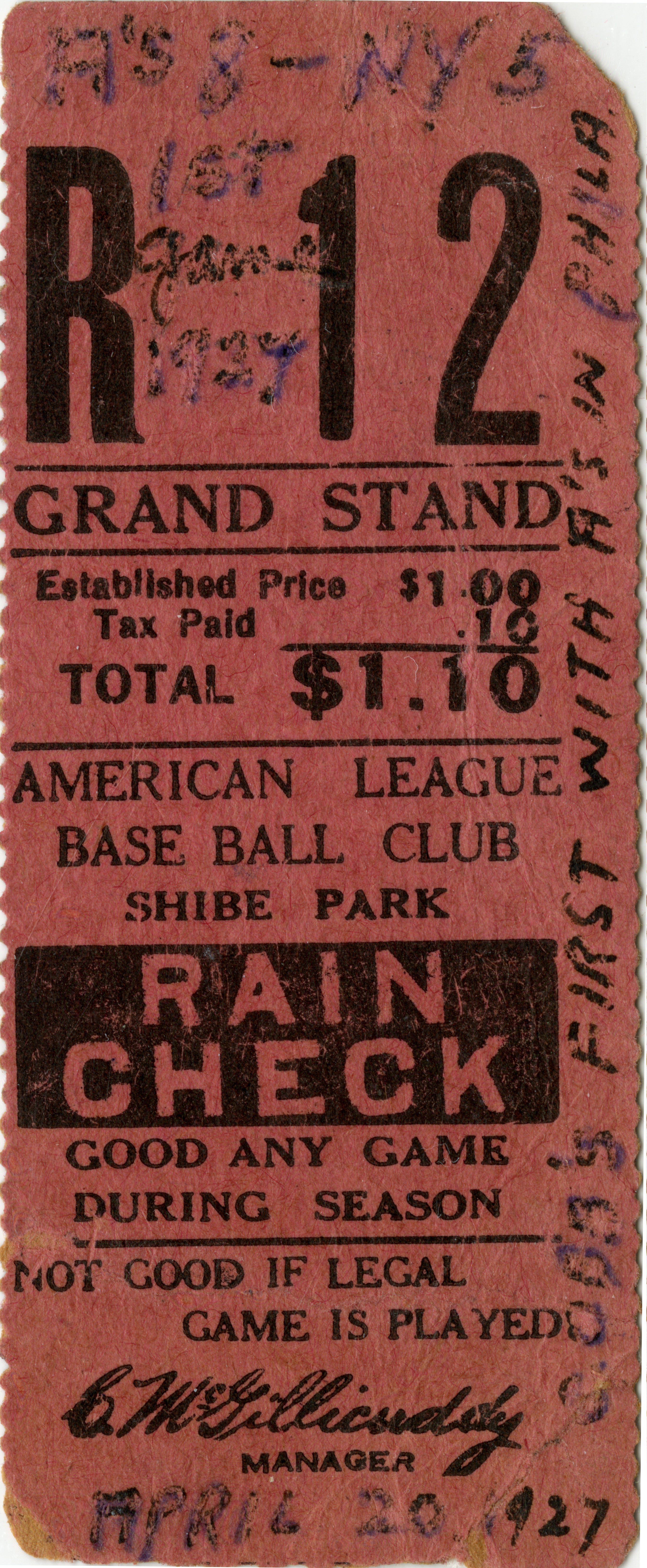
Just the Ticket for Cobb

Just the Ticket for Cobb
Related Stories

Torre, Stargell homer in Braves’ debut in Atlanta

1963 Hall of Fame Game
All-Stars Abound Memorial Day Weekend at Baseball Hall of Fame Classic
Hall of Fame to Celebrate Historic 2014 with Community Day on Sunday, Oct. 5

A Scout’s Path to Cooperstown
1960 Hall of Fame Game

New Hall of Fame plaque sculptor Tom Tsuchiya to debut in 2016

1954 Hall of Fame Game

Gary Herrmann - A King in Queen City
Fans Cast Their Votes for Frick Award Ballot Candidates at Museum’s Facebook Page
01.01.2023
Treasures from Cooperstown Coming to Capital Region for Tri-City ValleyCats Game on Wednesday
01.01.2023
Hall of Fame Class of 2015 Plaques to Visit Selected Ballparks Following Induction
01.01.2023




